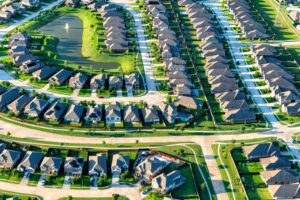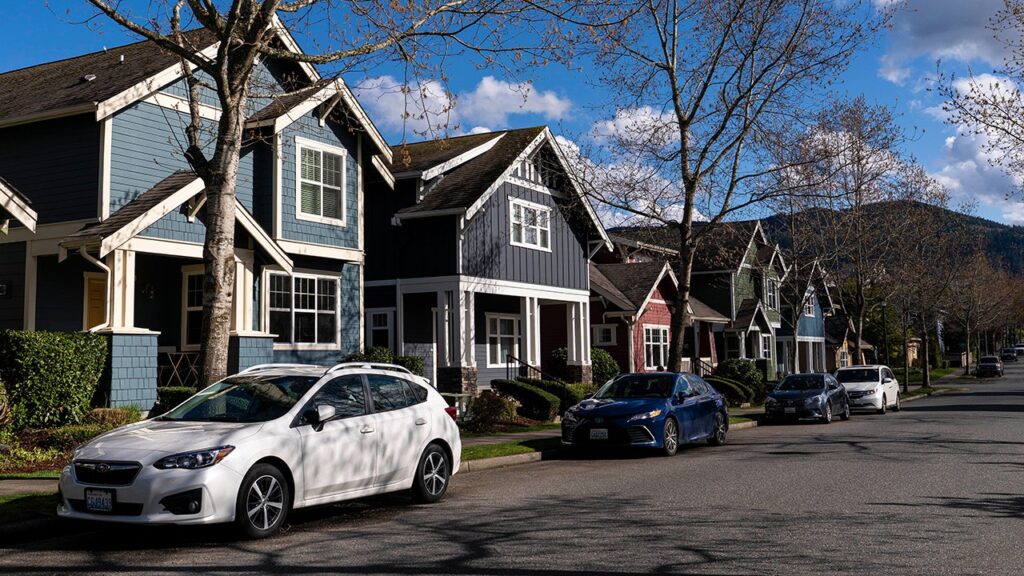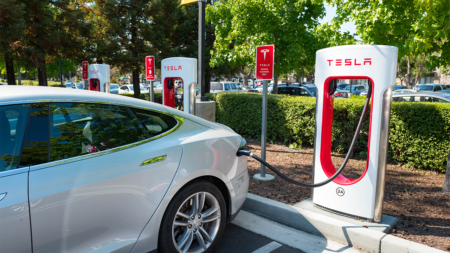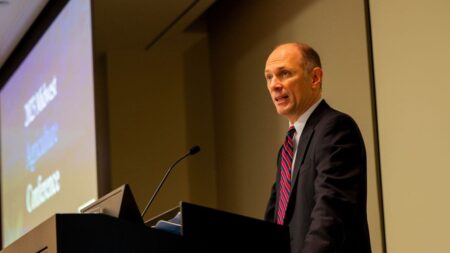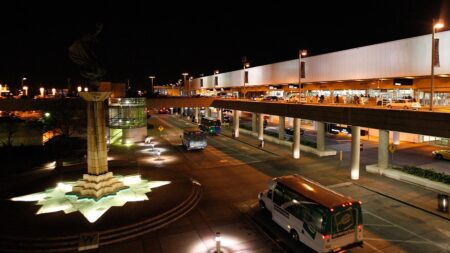Homeownership is out of reach for most Americans in the majority of the largest cities nationwide.
New findings from Clever Real Estate show that 44 of the 50 biggest metro areas in the U.S. do not have prices low enough to be considered affordable for the median-earning household.
A home is considered “affordable” for the typical family if it costs no more than 28% of a household’s annual income. But for the vast majority of cities, that is not enough to be able to buy a median home at the median local income – even when posting a 20% down payment, according to the study.
HOME PRICES SURGE TO ANOTHER RECORD HIGH IN FEBRUARY
There are just six cities where the median-priced home is affordable for median-income earners:
- Pittsburgh, Pennsylvania
- Cleveland, Ohio
- St. Louis, Missouri
- Memphis, Tennessee
- Indianapolis, Indiana
- Birmingham, Alabama
For instance, in Pittsburgh, the median home sells for about $199,573; after a 20% down payment, the mortgage – including taxes and insurance – comes out to roughly $1,398 per month. In order to be able to afford that, a person needs to earn a minimum of $59,919 per year – which is lower than the median household income of $70,607 in Pittsburgh.
But the overwhelming majority of cities are unaffordable for buyers, with a large gap between suggested income to afford a house and actual income.
Los Angeles, San Jose, California, San Diego, San Francisco, New York, Miami and Riverside, California, ranked as the worst cities for first-time buyers.
Los Angeles is the least affordable city in the country. It requires an income of $249,471 to comfortably afford a median-priced home – but the actual median income in the city is less than half of that, at $87,743.
WHY CAN’T YOU FIND A HOME FOR SALE?
There are a number of driving forces behind the affordability crisis. Years of underbuilding fueled a shortage of homes in the country, a problem that was later exacerbated by the rapid rise in mortgage rates and expensive construction materials.
Higher mortgage rates over the past three years have created a “golden handcuff” effect in the housing market. Sellers who locked in a record-low mortgage rate of 3% or less during the pandemic began have been reluctant to sell, limiting supply further and leaving few options for eager would-be buyers.
Economists predict that mortgage rates will remain elevated for the first half of 2024 and that they will only begin to fall once the Federal Reserve starts cutting rates. Even then, rates are unlikely to return to the lows seen during the pandemic. On top of that, investors are growing skeptical about the odds of a Fed rate hike this year given the string of hotter-than-expected inflation reports at the beginning of the year.
Mortgage buyer Freddie Mac said Thursday that the average rate on a 30-year loan climbed to 7.17% from 7.1% the prior week. While that is down from a peak of 7.79% in the fall, it remains sharply higher than the pandemic-era lows of just 3%.
Available home supply remains down a stunning 34.3% from the typical amount before the COVID-19 pandemic began in early 2020, according to a separate report published by Realtor.com.
Most homeowners say they are nearly twice as willing to sell their home if their mortgage rate is 5% or higher, according to a separate Zillow survey. Currently, about 80% of mortgage holders have a rate below 5%.
Read the full article here


